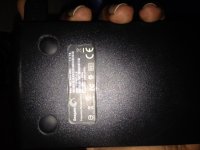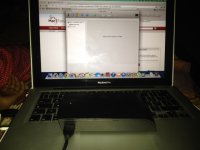- Joined
- Nov 15, 2009
- Messages
- 17,616
- Reaction score
- 1,079
- Points
- 113
- Location
- North Louisiana, USA
- Your Mac's Specs
- M1 MacMini 16 GB - Ventura, iPhone 14 Pro Max, 2015 iMac 16 GB Monterey
@ lmlang What you are saying is correct but shouldn't apply in this case. The Mac in this case is having trouble reading a drive that is directly connected to the computer. The afp and smb distinctions only apply if someone is trying to connect to a drive share over a network.
smb is the file sharing protocol commonly used when connecting to Windows based file shares.
smb is the file sharing protocol commonly used when connecting to Windows based file shares.










